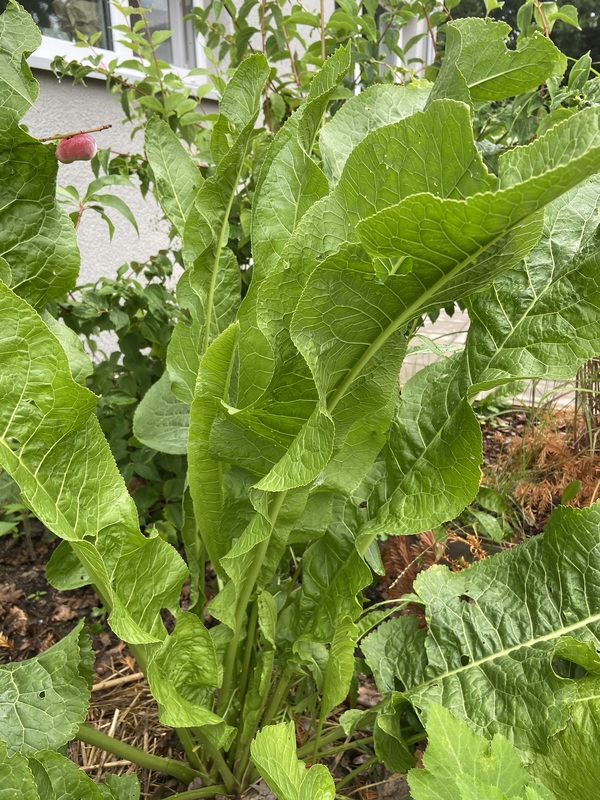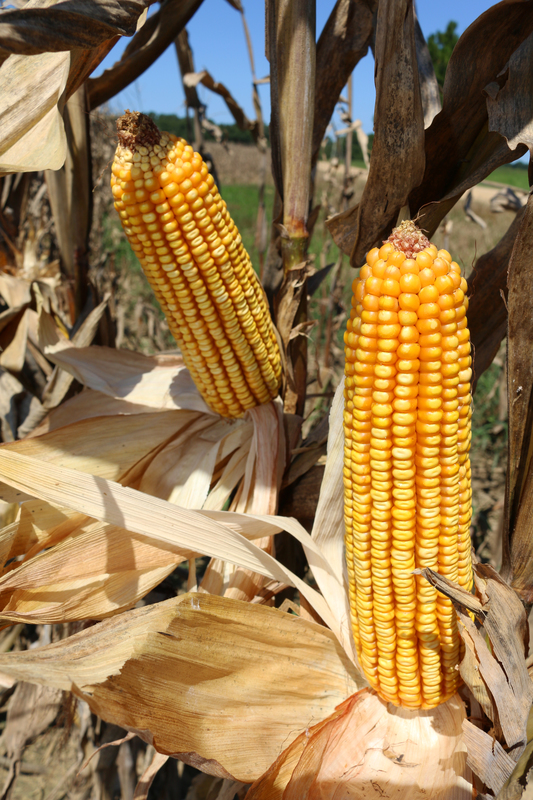Description
In Europe, it is usually foraged from parks and forests in early spring. It starts growing and flowering before deciduous trees get their leaves.
Wild garlic (Allium ursinum) is a perennial plant that is native to Europe and Asia. It typically grows in damp, shady woodlands and is commonly found in the understory of deciduous forests.
Wild garlic has broad, flat leaves that are usually about 8-12 inches long and 1-2 inches wide. The leaves are dark green in color and have a distinctive garlic-like aroma when crushed or bruised. The plant also produces small, white, star-shaped flowers that are borne on thin stalks.
In terms of size, wild garlic typically grows to be about 6-12 inches tall. It is a fast-growing plant and can quickly spread to form large colonies.
To cultivate wild garlic, it is best to plant the bulbs in the fall in a damp, shaded area with rich, well-draining soil. The plant prefers cool temperatures and moist soil, and it is important to keep the soil evenly moist throughout the growing season. Wild garlic can also be propagated through division of established colonies in the spring.
Wild garlic is edible and can be used in a variety of dishes. The leaves and bulbs of the plant can be eaten raw or cooked and are often used as a flavorful herb in soups, salads, and other dishes. The bulbs can also be pickled or preserved in oil.
In addition to being edible, wild garlic also has a number of other uses. The plant is known to have medicinal properties and has been used in herbal remedies to treat a variety of ailments. It can also be used as a natural insect repellent, and its strong aroma is said to help deter animals from eating garden plants. Wild garlic is also a valuable food source for many species of wildlife, including deer, rabbits, and birds.
Warning
Wild garlic is pretty similar to the following poisonous plants: Lily of the Valley, Autumn Crocus, Cuckoo Pint, Indian Poke, White Hellebore
Rubbing the leaves between the hands and smell is helping but be aware that the garlic smell stays on the hands and might not help by identifying subsequent plants.
Propagation
Seeds need cold stratification.


